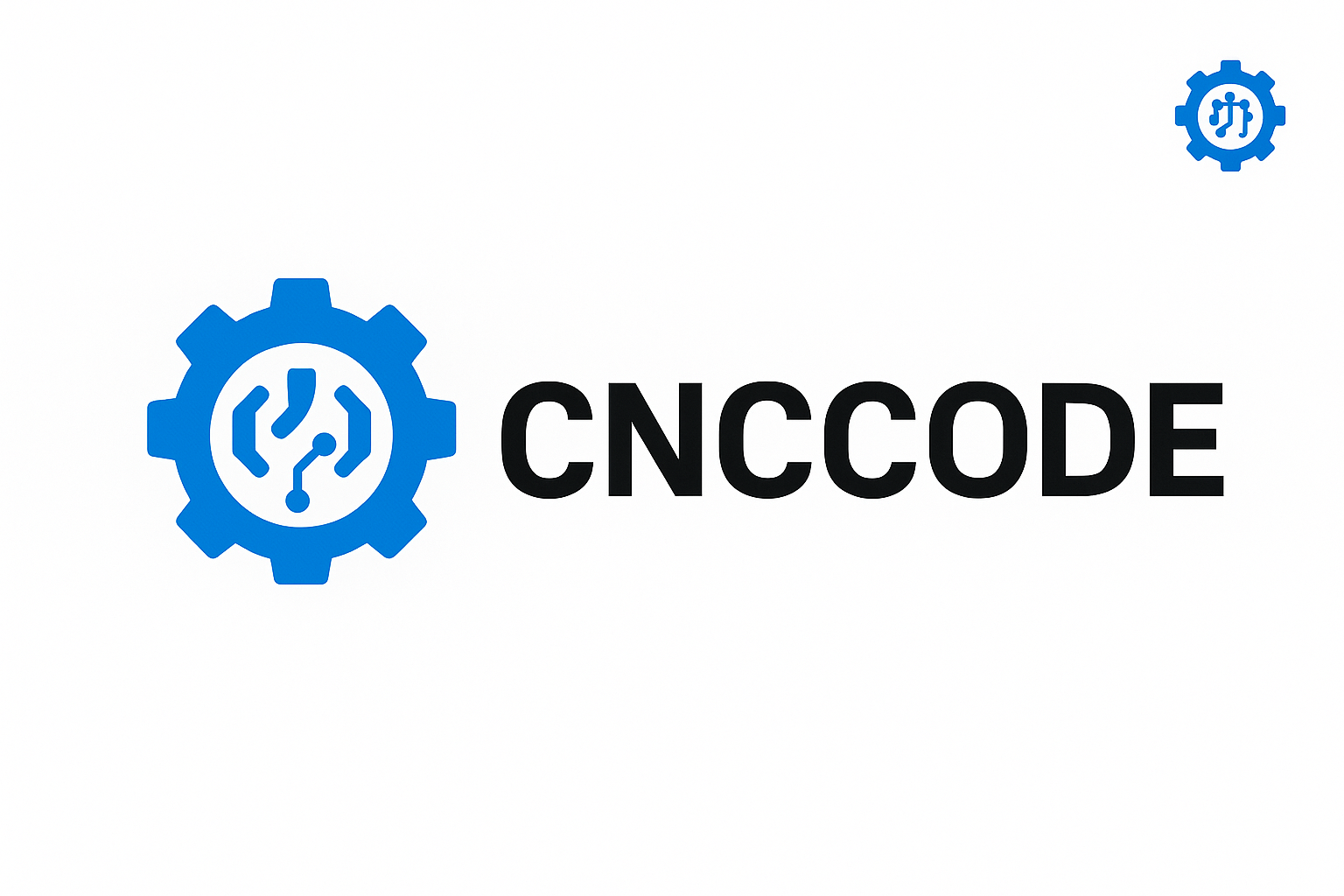Learn how to design, build, and optimize your own CNC machine from scratch. This ultimate guide covers DIY CNC components, software, troubleshooting, and real project ideas for makers and hobbyists.
DIY CNC & Hobbyist Builds: Complete Guide to Building Your Own CNC Machine at Home
Building a CNC machine at home is no longer just a dream for professional engineers. Today, hobbyists and makers across the world are designing and assembling powerful CNC routers, mills, and laser engravers at a fraction of the cost. This guide walks you through everything you need to know—from components and software to calibration, troubleshooting, and real-world CNC projects.
Why Build a DIY CNC Machine?
- Save hundreds or thousands of dollars compared to buying pre-built machines
- Customize every aspect for your personal needs (engraving, milling, etc.)
- Gain deep knowledge of CNC mechanics, electronics, and software
- Create your own parts, tools, PCBs, art, and more at home
Types of DIY CNC Machines
Depending on your goals and material types, DIY CNC machines come in various forms:
- CNC Router: Great for woodworking, plastics, and light aluminum
- CNC Mill: More rigid machines for precision metalwork
- Laser Engraver: Uses a diode or CO2 laser to engrave or cut soft materials
- Plasma Cutter: Best for cutting thick metal sheets
Core Components You’ll Need
| Component | Description | Typical Options |
|---|---|---|
| Frame | Structural skeleton of the machine | Aluminum extrusion, steel, MDF |
| Linear Motion | Ensures smooth axis movement | Rails, bearings, lead screws |
| Motors | Drives each axis | NEMA 17/23 stepper motors |
| Controller | Interprets G-code | Arduino + GRBL, Raspberry Pi + CNC.js |
| Drivers | Power the motors | TB6600, A4988, TMC2209 |
| Spindle/Laser | Performs cutting or engraving | DC spindle, ER11, diode laser |
Software Required
- CAD (Design): Fusion 360, FreeCAD
- CAM (Toolpath Generation): EstlCAM, Carbide Create
- Controller Software: Universal G-code Sender, Candle, CNCjs
DIY CNC Assembly Steps
Here’s a typical build workflow:
- Design the frame and cutting area in CAD
- Assemble the mechanical components (rails, motors, screws)
- Wire the electronics and test motor motion
- Flash GRBL or other firmware onto your controller
- Test basic axis movement and limit switches
- Calibrate axis steps/mm, speed, and acceleration
- Run your first engraving or cutting file
Common Issues and Fixes
- Stalling motors: Check driver current settings and mechanical resistance
- Skipping steps: Reduce speed/acceleration or tighten belts
- Bad cuts: Use proper feed rates and sharp tools
- Electrical noise: Use shielded cables and grounding
Estimated Cost Breakdown
| Part | Approx. Cost (USD) |
|---|---|
| Frame & Rails | $100–200 |
| Motors & Drivers | $70–150 |
| Controller Board | $20–50 |
| Spindle or Laser | $50–120 |
| Power Supply & Accessories | $30–80 |
| Total | $250–600 |
Popular DIY CNC Kits to Consider
- SainSmart Genmitsu CNC 3018-PRO
- BobsCNC Evolution Series
- Shapeoko by Carbide3D
- OpenBuilds LEAD CNC
Real Project Ideas
- Custom signs and logos
- PCB milling for electronics
- Aluminum brackets and faceplates
- Wood carvings and inlays
- Tool holders and jigs
Future of DIY CNC Machines
The future of hobby CNC machines includes IoT integration, touchscreen controls, AI-driven calibration, and real-time remote operation. As 3D printing and CNC continue to converge, hybrid machines will dominate hobby workshops.
Whether you’re just starting out or planning your next advanced machine, DIY CNC offers endless learning and creation potential.

Leave a comment